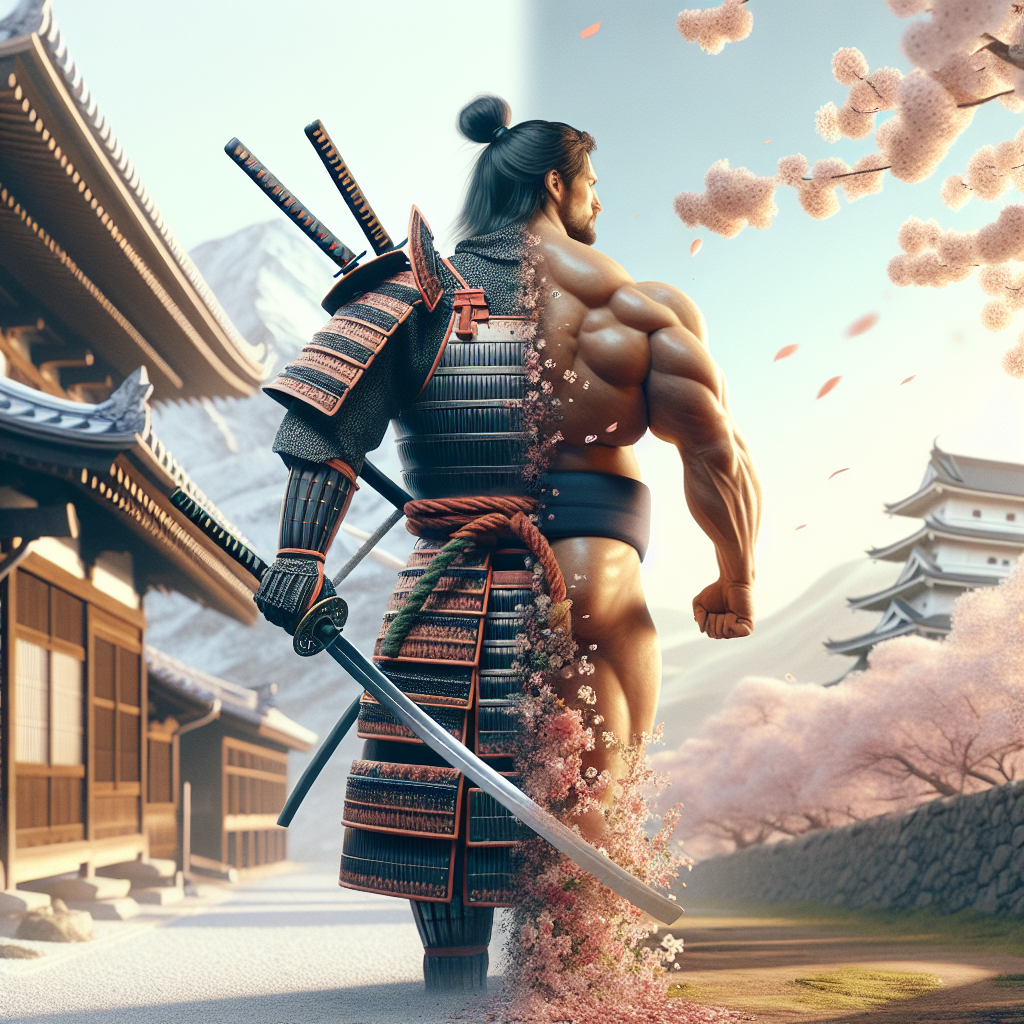From Samurai to Sumo: A Deep Dive into Japan’s Traditional Sports
Japan, a country steeped in history and tradition, offers a fascinating glimpse into the warrior culture of the past through its traditional sports. From the disciplined art of the Samurai to the powerful clashes of Sumo wrestlers, Japanese traditional sports provide a window into the country’s rich cultural heritage. This article delves into the historical significance, techniques, and modern-day practices of these traditional Japanese sports, offering insights into their enduring appeal and cultural impact.
The Legacy of the Samurai: Kenjutsu and Kendo
The Samurai, Japan’s famed warrior class, have left an indelible mark on the country’s martial traditions. Central to the Samurai’s martial prowess were swordsmanship skills, primarily taught through Kenjutsu and its modern descendant, Kendo.
Kenjutsu: The Art of the Sword
Kenjutsu, which literally means “the method, or technique, of the sword,” is a collective term for all the schools of Japanese swordsmanship that emerged during the Samurai era. These schools were not merely about learning how to fight; they were also about discipline, ethics, and personal development. Practitioners used real swords (katana) or wooden swords (bokken) in training, focusing on techniques for one-on-one combat.
Kendo: The Way of the Sword
Kendo, which evolved from Kenjutsu, translates to “the way of the sword.” It is a modern martial art that uses bamboo swords (shinai) and protective armor (bogu). Kendo is not only about physical training but also about cultivating the mind. It emphasizes courtesy, respect, and the pursuit of self-perfection. Today, Kendo is practiced worldwide, with competitions and dojos (training halls) spread across the globe.
Sumo: The Sport of Giants
Sumo wrestling is perhaps the most internationally recognized of Japan’s traditional sports. Its origins can be traced back over 1,500 years, making it one of the oldest sports still practiced today. Sumo is deeply intertwined with Shinto, Japan’s indigenous faith, and many rituals surrounding sumo matches are derived from Shinto practices.
The Rules of Sumo
Sumo matches take place in a circular ring (dohyo), with the objective being to force the opponent out of the ring or make any part of their body, other than the soles of their feet, touch the ground. Wrestlers, known as rikishi, employ a combination of slaps, thrusts, and throws to achieve this goal. The matches are usually brief but intense, with immense physical strength and strategic thinking at play.
Life as a Sumo Wrestler
Sumo wrestlers lead a highly regimented life in training stables (heya), where all aspects of their daily routines, from meals to training schedules, are strictly controlled. The diet of a sumo wrestler is particularly famous, consisting of a calorie-rich stew known as chanko-nabe, designed to help them gain weight. The hierarchical nature of sumo is also evident in these stables, with higher-ranked wrestlers enjoying privileges that lower-ranked competitors do not.
Modern-Day Practices and Challenges
While traditional sports like Kendo and Sumo continue to be practiced and revered in Japan, they face challenges in the modern era. The rigorous lifestyle and strict traditions of sumo, for example, have been cited as reasons for a decline in young Japanese entering the sport. Similarly, Kendo, though popular internationally, competes with a myriad of other martial arts for attention.
Despite these challenges, efforts are being made to preserve and promote these traditional sports. Sumo tournaments, broadcasted nationally and internationally, draw large audiences, and Kendo sees regular international competitions and exchanges.
FAQs
Q: Can women practice Kendo or Sumo in Japan?
A: Women can and do practice Kendo, participating in competitions and grading examinations. In Sumo, women are traditionally not allowed to compete in professional ranks or enter the sumo ring (dohyo), though amateur women’s sumo does exist.
Q: How can one start learning Kendo or Sumo?
A: Many countries have Kendo clubs and dojos where beginners are welcome. For Sumo, finding a place to learn can be more challenging outside Japan, but amateur clubs exist in some countries.
Q: Are there any health risks associated with practicing Sumo?
A: Sumo wrestlers often face health issues related to their extreme weight and diet, including joint problems, diabetes, and heart conditions. However, amateur practitioners usually do not adhere to the same weight gain practices as professional sumo wrestlers.
Q: Is traditional Japanese martial arts training available to foreigners in Japan?
A: Yes, many dojos in Japan welcome foreign students. Some programs are specifically designed for foreigners to learn about Japan’s martial arts and cultural practices.
Q: How does one win in Kendo?
A: Points in Kendo are awarded for strikes or thrusts delivered with proper form, power, and precision to specific target areas on the opponent’s body, including the head, wrists, body, and throat.
From the disciplined strikes of Kendo to the powerful clashes of Sumo, Japan’s traditional sports are not just about physical prowess; they are imbued with centuries of culture, history, and spirituality. They offer a unique perspective on the values of respect, discipline, and perseverance that continue to influence not only practitioners but also the wider cultural fabric of Japan and beyond.
